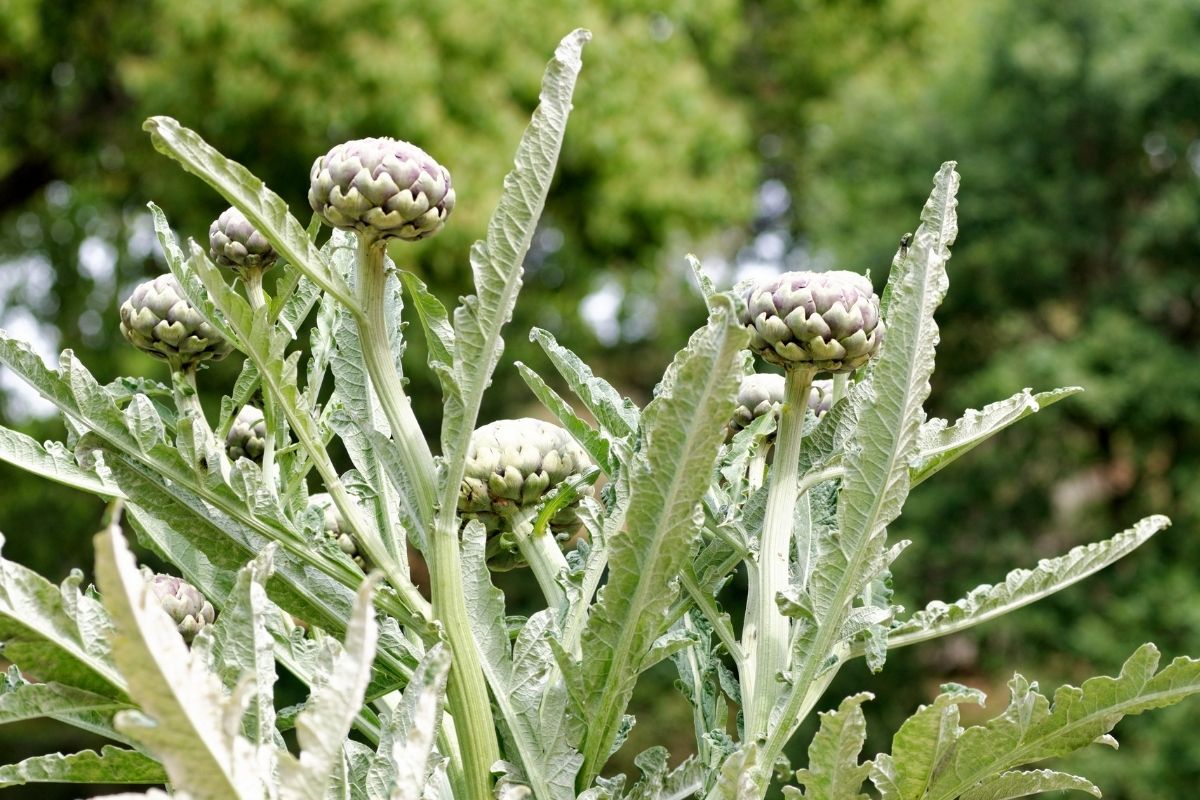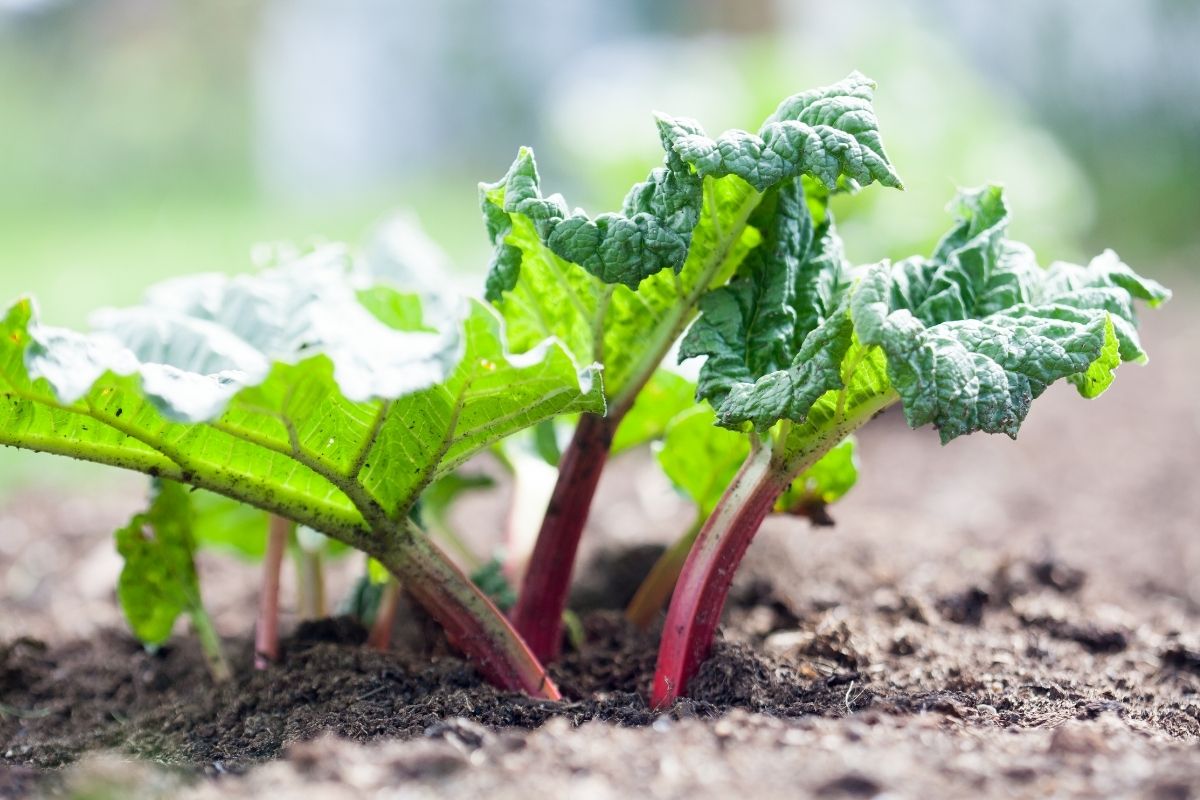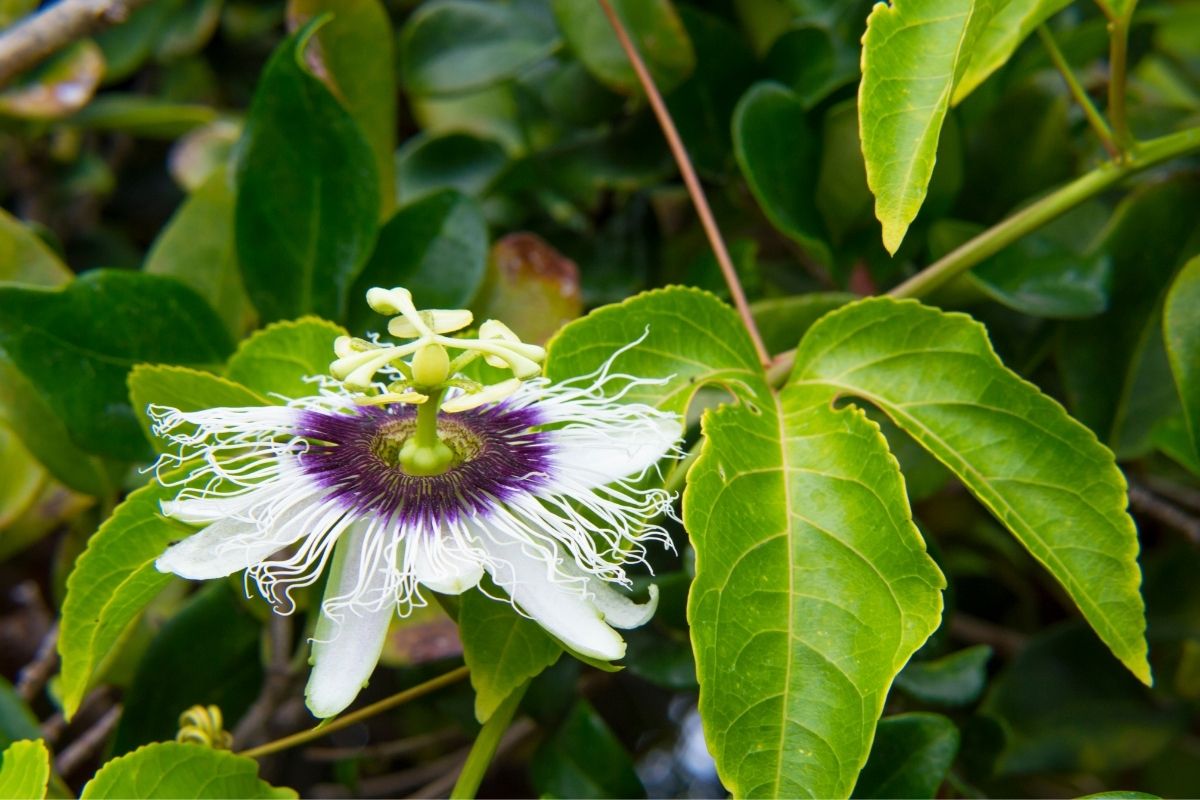Most residents of the vegetable patch are temporary visitors, lasting only a single growing season before being harvested in full. Others, such as carrots and beets, can either be harvested in their first year or left in the ground for a second, when they'll produce flowers and seeds for the next generation.
But there's a third type of vegetable that can live as a semi-permanent fixture in a veggie garden, providing produce from the same plant year after year. These plants are known as perennial vegetables, and they make a great complement to annual varieties.
Why Grow Perennial Vegetables?
Perennial vegetables offer several advantages over annuals. First, they're usually easy to grow and require only minimal maintenance once they're established. Second, the plants are often more resilient than fast-growing annual crops, with larger root systems that make them better able to withstand drought or pest attacks. And lastly, perennial vegetables tend to produce better harvests as time goes on, in some cases maintaining their productivity for many years.
The Downsides
While perennial veg has many advantages, there are also some downsides to consider. You'll need to commit a patch of land to your perennials for years to come, which in smaller spaces especially means you need to be sure it's a crop you'll value.
Also, some perennials take a few years to get into their stride, so you might not see a worthwhile harvest in the first, second, or even third year. And lastly, not all perennials are attractive year-round. For example, some die back in winter leaving a bare patch of soil you can't use for anything else.
That said, perennials can make some of the most productive and rewarding crops to grow in the home garden. Here are just a few of the most popular options.
1. Globe Artichoke
Globe artichokes make a perfect starting point for homegrown perennial veggies. The plants are productive and easy to maintain, and the harvest tastes great at a fraction of the price of shop-bought artichokes. What's more, the plants themselves are attractive and can reach 2m in height, providing rare vertical structure to a veggie bed. Each plant is good for up to five years, and it's easy to take cuttings from mature plants to keep your artichoke patch thriving.
2. Jerusalem Artichoke
Rather than being related to the globe type, Jerusalem artichokes are actually a variety of sunflower and provide similar but smaller flowers in a garden. But they also come with the bonus of producing tasty tubers which are great roasted or in stews and soups. Simply plant a tuber or two in spring, and by late autumn you can expect each one to have produced up to 2kg of fresh produce to dig up. And if you leave some of the tubers in the earth (it's very hard not to), then you can rely on a repeat performance the next year.
3. Asparagus
Asparagus is one of those vegetables that really rewards home growing, as the flavour of freshly picked spears is a class above anything bought in the supermarkets. In a home garden, asparagus requires a long-term commitment of space and attention.
Each plant takes up a relatively large space, provides a harvest over only a short season, and doesn't tolerate competition from other plants. Nonetheless, if you love asparagus and have the time and soil to spare, it makes an excellent perennial vegetable choice.
4. Alliums
Several members of the allium family will grow as perennials, with perhaps the most useful and productive including bunching onions, garlic and chives. Although some alliums aren't true perennials, as the individual plants last only a year or two, they self-seed and reproduce so easily that in practice there's no real difference, and they can be treated as permanent veggie bed fixtures.
5. Rhubarb
Once established, a rhubarb plant will produce juicy, tart stalks for five years or more, and the period can be extended further by lifting and dividing the dormant plants every few years. One great advantage of rhubarb is that it tolerates both cool and shade, making it a great filler for difficult corners of your garden.
6. Warm-Climate Perennials
There are also several veggies which are treated as annuals in cooler areas but can grow naturally as perennials in warmer climates, removing the need for resowing each spring. Some examples include:
- Warrigal greens, an alternative to spinach that happily grows in poor or salty soil, is a favourite of foragers and is increasingly finding its way onto the menus of high-end restaurants.
- Malabar spinach isn't a true spinach, but a tropical leafy green that has a spicy citrus flavour when raw, becoming more like normal spinach when cooked.
- Cape gooseberry neatly spans the boundary between veggie and fruit, providing tomato-like berries usable in sweet and savoury dishes alike.
- Tamarillo also produces red or yellow tomato-tasting fruits on a perennial shrub, which gives the plant its occasional common name of 'tree tomato'.
7. Perennial Fruit
Lastly, a well-balanced edible garden should always make space for fruit. While fruit trees such as apples, pear, citrus and stone fruit are generally grown from grafted trees, there are several options for perennial fruit that you can grow from seed .
- Goji berries have gained a reputation as a superfood, and make an attractive long-term addition to a garden, producing red fruits on a weeping shrub over a period of five years or more.
- Strawberry plants can produce luscious, juicy fruit for up to six years, growing productive runners to replace older plants in a self-perpetuating cycle.
- Passionfruit vines are often used to clamber over walls and fences to provide natural camouflage along with their attractive and delicious fruits. Although the plant is a tropical native, vines can thrive in temperate areas so long as they have some frost protection when young.
- Banana passionfruit offers many of the advantages of the more common passionfruit type, but produces distinctive yellow fruit for a burst of colour. The plant is not only perennial, but extremely vigorous, so take care before introducing it into a crowded garden.
These are just some of the perennial plants you can grow to give several years' worth of harvests. Annuals like tomatoes and brassicas may make up the mainstay of most veggie patches, but if you can spare the space for perennials, their productivity and ease of cultivation will repay you.

.jpg)







